Interpreting haplogroups has transformed our understanding of DNA, revolutionizing fields including genealogy. This advancement enables us to delve into historical records and stories, revealing our ancestors’ journeys from the dawn of humanity.
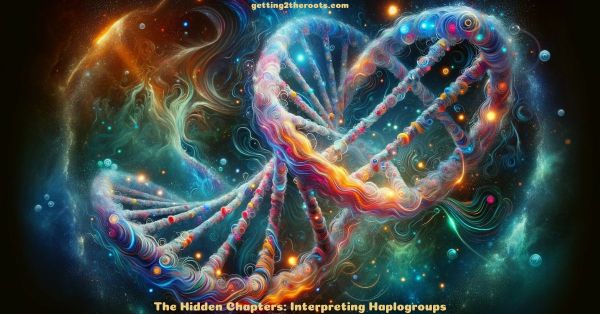
This exploration starts with an understanding of haplogroups, a unique concept in DNA genealogy that opens up profound perspectives on our past.
Haplogroups act as enduring links to our distant ancestors, having a significant role not only in ancestry testing but also in tracing human migrations and population patterns.
However, just as with any powerful tool, such insights come with their fair share of challenges and ethical dilemmas, particularly concerning privacy.
Unlock the secrets in your DNA! Read our guide, “Deciphering the Codes: How to Read DNA Test Results,” for clear insights into your genetic makeup.
Understanding Haplogroups and Genetic Genealogy
Interpreting Haplogroups: A Portal To Ancestral Past In Genetic Genealogy
In the resplendent tapestry of human genetics, few threads shimmer as brightly and vividly as haplogroups.
Interpreting Haplogroups: Essence and Definition
These are groups of genetic variants that, silhouetted against the backdrop of our collective DNA, plot waypoints on our forebears’ epic journey through time.
Appreciating the centrality of haplogroups in genetic genealogy’s narratives is an endeavor that calls for a nuanced understanding of genetic inheritance and the happenstance of anthropological history.
A haplogroup, by definition, is a grouping of people who share a common ancestor on their pure maternal or pure paternal line.
Interpreting Haplogroups: Genetic Markers and Lineage
Genetic markers on mitochondrial DNA (mtDNA), passed down through the maternal line, or Y-chromosome DNA (Y-DNA), transmitted through the paternal line, determine them.
We condense this genetic lineage, spanning tens of thousands of years, into a single code to uncover the footprints of our ancestors.
The Role of Genetic Mutations in Interpreting Haplogroups
In the discourse of genetic genealogy, it’s important to underscore the role that genetic mutations play when discussing haplogroups.
These are the perennial scribes of our ancestry, making small alterations to our DNA over time, creating new genetic branches in our shared human tree.
Each of these branches, defined by their distinct genetic mutations, is what we refer to as a haplogroup.
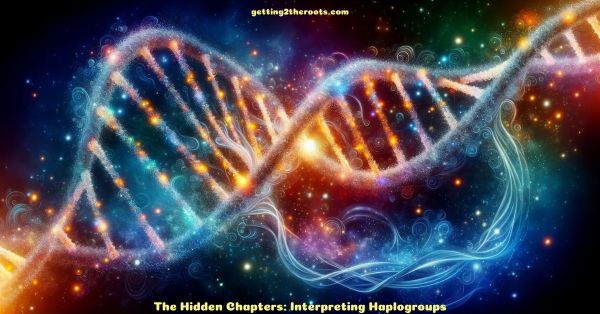
Interpreting Haplogroups: Connecting Individuals and Cultures
The multitude of existing haplogroups then becomes the intricate web that connects individuals across the globe to common paternal and maternal ancestors.
The significance of haplogroups in genetic genealogy lies in the narrative potential they offer.
These haplogroups provide a genealogical depth beyond what paper trails and oral traditions offer, reaching a timescale where civilizations rise and fall, continents drift, and languages are forgotten.
Interpreting Haplogroups and Anthropological Phenomena
In essence, haplogroups furnish a primordial map, charting the course of human migration across the ages. Moreover, the analysis of haplogroups offers a pathway towards cultural understanding.
A vivid example is the J2 haplogroup, prevalent in the Mediterranean, tracing back to the Neolithic Age and associated with the spread of agriculture.
Thus, haplogroups are not mere genetic markers but also bear witness to significant anthropological phenomena, like technological advancements and societal shifts.
Interpreting Haplogroups in Population Genetics
Furthermore, they play a significant role in the study of population genetics, helping identify relationships between different populations and providing insights into shared ancestries and migration patterns on a grand scale.
They reveal remarkable stories of human survival, adaptation, and diversity. Haplogroups are a seminal concept in genetic genealogy, offering a dialect that elucidates the enduring mystery of our shared human history.
Their importance goes beyond personal genealogy and into the bigger story of how humans have evolved over time, adding priceless details to a shared tapestry of history, migration, and diversity.
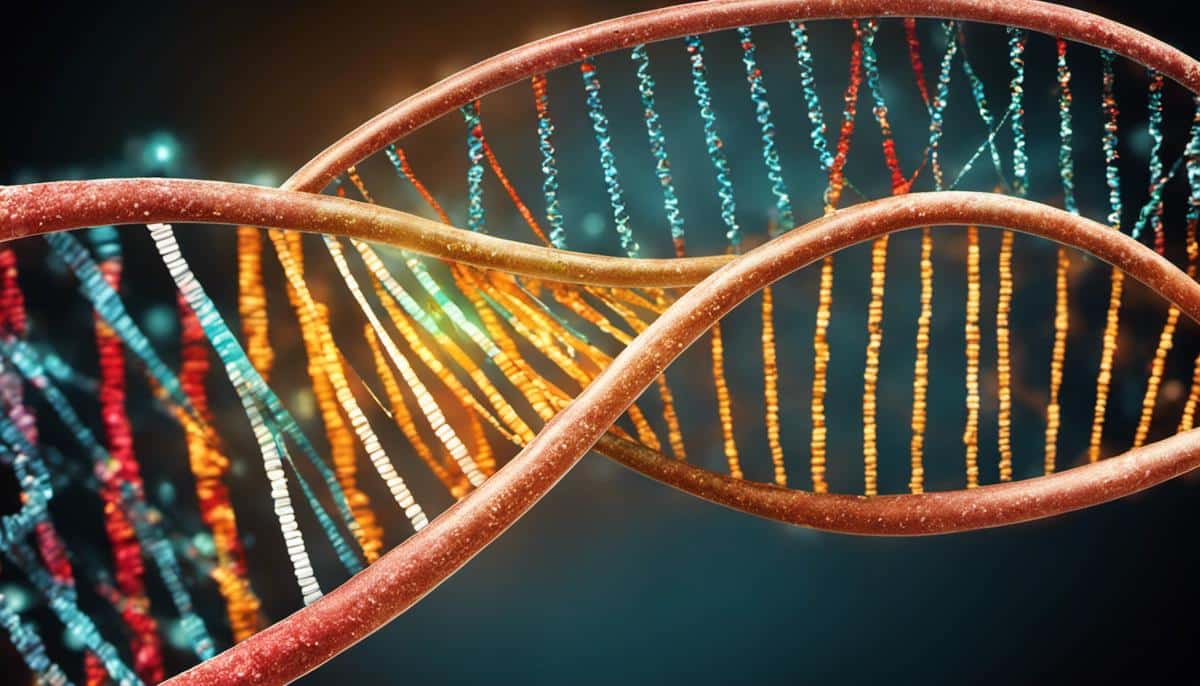
Role of Haplogroups in Human Migration Studies
Interpreting Haplogroups in Migration Pattern Analysis
Delving further into the study of haplogroups, the variance and correlation of genetic profiles are placed under intense scrutiny to draw concrete assumptions about ancient human societies.
These findings are essential in mapping human migration patterns, which can be traced back over tens of thousands of years.
Applying Phylogenetic Methods in Interpreting Haplogroups
When scientists study haplogroups, they first apply phylogenetic methods, which deal with the evolutionary interrelationships among biological entities—often species, individuals, or populations.
Decisional trees are constructed based on the variations in haplogroups, entailing the directionality of mutations and, consequently, highlighting the ancestral ties amongst populations.
Interpreting Haplogroups for Understanding Human History
Moreover, these genetic groupings offer an empirical methodology for understanding human history by carving out the migratory paths of our ancestors based on genetic crossovers at chromosomal levels.
This goes beyond mere theoretical conjectures, supplying concrete evidence supporting the routes of ancient human migrations.
For instance, haplogroup R1b is often associated with the spread of Indo-European languages and could be considered a genetic proxy for tracking this cultural transition.
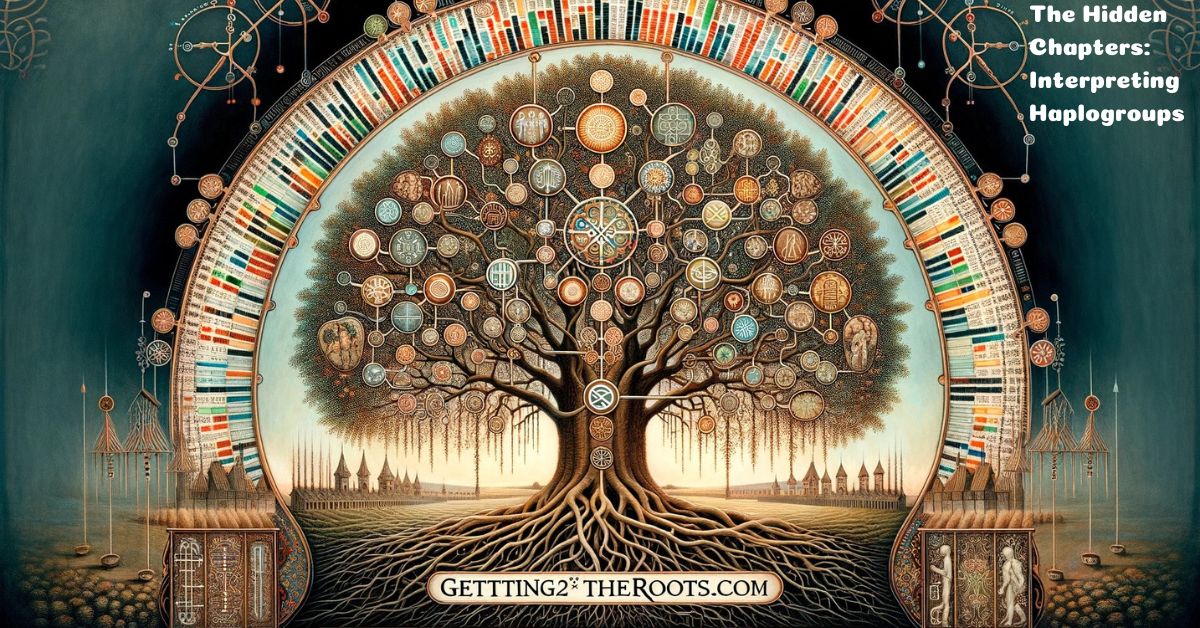
Haplogroups in Ancient Demography and DNA Analysis
Haplogroups also allow anthropologists to paint a vivid picture of ancient demography.
Comparative genetic diversity within specific haplogroups between different regions can offer substantial insights into the historical population size and stability.
Precisely, lower genetic diversity might indicate recent expansion, as is witnessed in Native American groups, while higher diversity often suggests long-term population stability, as seen in African groups.
Applying Phylogenetic Methods in Interpreting Haplogroups
When applied to ancient DNA, the data of haplogroups can provide an evolutionary timeline of the human race.
Ancient DNA hailing from archaeological digs and fossil records is analyzed to expound on extinct haplogroups.
Haplogroups: Revealing Human Adaptation and Historical Events
This allows us to trace the lineage of ancient individuals and connect them to present-day populations, uncovering the sequence of human inhabitation in various regions across the globe.
In addition, the comparison analysis between modern and ancient haplogroups paves the way for understanding the impact of historical events, like migrations or plagues, on genetic makeup over time.
For example, reconstructing the genome of a European from 7,000 years ago revealed genetic markers linked to Sardinians and Northern Europeans today. This suggests that there has been a lot of population movement over the years, likely because of invasions and migrations.
Understanding Environmental Adaptation Through Interpreting Haplogroups
Lastly, haplogroups shed light on human adaptation to different environments and climates over history.
Variances in certain haplogroups have helped identify inherited traits such as lactose tolerance and resistance to certain diseases.
For example, haplogroup H has numerous lineages traceable to the Holocene era and was likely developed in response to the rigorous climatic and environmental changes accompanying the last Ice Age’s defrosting.
In conclusion, by mapping the genotypic proliferation and geographic shifts across haplogroups, scientists can not only delineate the lineage of humanity but also identify the subsequent reactions of different lineages to changing environments and circumstances.
While genetics is only one lens through which to view the vast tapestry of human history, it is nonetheless invaluable in contextualizing the epic narrative of our species that is encoded within us.
This is the in-depth profundity of haplogroup data and its invaluable contribution to understanding human migration and ancient history.

Haplogroups and Ancestry Testing
Interpreting Haplogroups in Modern Ancestry Testing
Shifting to the area of modern ancestry testing, haplogroups retain substantial prominence. They provide the underpinnings of genetic databases and enable comparative analyses—key features that make ancestry testing possible.
This section looks at how similar a person is to several different haplogroups. The result is a percentile that shows how likely it is that the person is related to their ancestors.
Haplogroups: Beyond Ethnicity and Race
It is worth noting that haplogroups are not identical to ethnicities or races; rather, they are indicative of shared genetic markers throughout human history.
The degree of accuracy in modern ancestry testing hinges substantially on the comprehensiveness of the utilized database.
The Strengths and Limitations of Haplogroup-Based Ancestry Tests
Large databases yield more comprehensive comparisons, while narrow ones may omit less common haplogroups. Estimates of ethnic percentages can vary based on the reference populations used for comparison.
Furthermore, the temporal depth that haplogroup-based ancestry tests offer can be both a strength and a weakness.
The tests can bring insights into ancient connections but often cannot reveal recent genealogical history with much precision, given that mtDNA and Y-DNA, respectively, trace only the maternal and paternal lines.
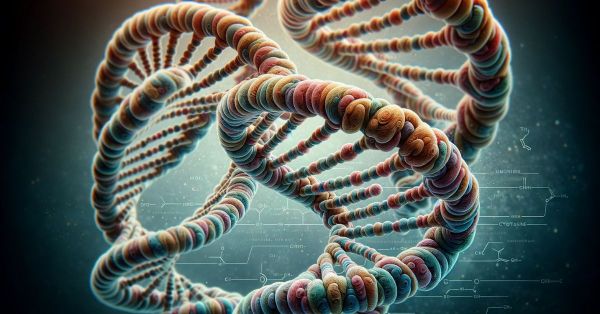
Additional Approaches in Ancestry Testing and Interpreting Haplogroups
An additional approach used is autosomal DNA testing, which analyzes the 22 pairs of non-sex chromosomes an individual inherits from both parents.
Though it can illuminate connections up to five generations ago, it is less precise for deep ancestry due to the random recombination of autosomal DNA in each generation.
Another notable aspect is that while haplogroups illustrate population-level connections and migrations, they do not necessarily elucidate an individual’s comprehensive ancestry or all migrations of their ancestors.
This is because these analyses focus on specific lines (maternal or paternal) rather than the entire web of one’s ancestral tree.
Haplogroups in Molecular Anthropology
Moreover, haplogroups contribute to molecular anthropology by providing evidence of past demographic events, such as expansion periods, bottlenecks, or founder effects.
- Haplogroup L3 and the Out-of-Africa Migration:
- Background: Haplogroup L3 is a mitochondrial DNA (mtDNA) haplogroup. It’s significant because it’s believed to have originated in East Africa approximately 70,000 to 100,000 years ago.
- Out-of-Africa Theory: This haplogroup is closely associated with the “Out-of-Africa” theory, which postulates that modern humans first originated in Africa and then migrated to other parts of the world.
- Significance of L3: The descendants of Haplogroup L3 are unique because they are the only ones found outside Africa. They are the haplogroups M and N, which gave rise to all non-African mtDNA haplogroups. Therefore, L3 is a key marker in tracing the migration patterns of early modern humans from Africa to other continents.
- Genetic Clues: By studying the variations and spread of L3, researchers can understand the timeline and routes of these ancient migrations, providing a genetic blueprint of early human dispersal out of Africa.
- Haplogroup C and Native American Populations:
- Background: Haplogroup C is predominantly a Y-chromosome DNA (Y-DNA) haplogroup, found widely across Asia and the Americas.
- Native American Populations: It has a particularly high frequency among Native American populations. This prevalence mirrors the history and patterns of migration into the Americas.
- Post-Migration Isolation: After the initial migration of ancestral populations from Asia to the Americas (via the land bridge that once existed between Siberia and Alaska), these populations became relatively isolated. The high frequency of Haplogroup C in Native American populations is a genetic reflection of this isolation.
- Tracing Migrations: The distribution of Haplogroup C helps trace the original migration routes into the Americas and understand how these populations spread and evolved after their arrival.
- Diversity within Haplogroup C: Variations within this haplogroup also help anthropologists and geneticists to study the internal migration and diversification of Native American tribes after their initial settlement in the Americas.
In summary, think of these haplogroups as genetic footprints. Haplogroup L3 plays a key role.
It helps us trace the initial migrations of modern humans out of Africa. On the other hand, Haplogroup C provides insights into a different chapter of human history.
It illuminates how the Americas were peopled. Moreover, it reveals the subsequent isolation and diversification of Native American populations. Together, these haplogroups offer crucial insights.
They are essential for understanding human prehistory and the complex journey of our species across the globe.
As the field advances, tools for extracting additional data, like rare variants or estimating the time to the most recent common ancestor (TMRCA) are being developed to provide deeper insights.
Nevertheless, despite the limitations and nuances, haplogroups, when understood and used judiciously, remain a powerful tool in the world of genetic genealogy, spearheading new explorations into the vast panorama of human history.
More recently, the field of ancient DNA has surged, providing us with new strategies to calibrate mutation rates, infer the past effective population sizes, and study extinct haplogroups.
The Impact of Historical Events on Haplogroups
Ancient DNA has allowed researchers to connect these extinct haplogroups to present-day populations.
This newfound information can greatly advance our understanding of human history and migration patterns.
Historical events have an undeniable impact on genetic makeup; by comparing modern and ancient haplogroups, scientists can analyze how specific events have shaped humanity.
It further allows them to identify human adaptations to different environments and climates.
In conclusion, the study of haplogroups holds considerable potential for contextualizing human history, illuminating the path of human evolution, and shedding light on ancestral roots.
With advancements in genetic technology and research, the depth and precision of insights obtained through the exploration of haplogroups continue to expand the horizons of our understanding of human history and ourselves.

Challenges and Ethical Considerations of DNA Genealogy
Ethical Complexities in Interpreting Haplogroups
Despite the numerous findings and revelations brought forward by the study of haplogroups and genetic genealogy, it’s essential to grapple with the ethical complexities that emerge from DNA testing within a genealogical context.
One of the glaring ethical quests that loom large is the matter of privacy and consent.
Privacy and Consent in DNA Genealogy
In an era where data breaches are rampant and the sanctity of information seems to sway, the necessity for crystal-clear consent and robust data protection measures cannot be overstated.
When a person agrees to submit a DNA sample for testing, they’re offering an informational blueprint of their existence, effectively tying into the intricate web of genealogical records.
The Impact of Genetic Testing on Relatives
The sensitive nature of the data collected via genealogy DNA testing isn’t confined to the person providing the sample.
Notably, a DNA test can potentially expose information about close relatives who haven’t given their consent for testing.
This indirect exposure poses significant ethical dilemmas, given that genetic information is deeply personal and disclosure may have unforeseen consequences for aspects such as health, identity, and family dynamics.
While there are laws and regulations addressing privacy concerns in medical genetics, the landscape grows murkier when applied to direct-to-consumer DNA genealogy testing.
Handling Genetic Data: Transparency and Misuse
The data handling and marketing tactics employed by many direct-to-consumer companies raise concerns about whether the privacy of individuals is at risk.
Maintaining rigorous transparency measures and fully informing clients about the use of their data thus becomes an ethical imperative for these organizations.
The increasing prevalence of open-source databases for ancestry tracing further complicates the discussion.
If an individual chooses to upload their genetic profile to a publicly accessible database, it intensifies the already existing privacy concerns.
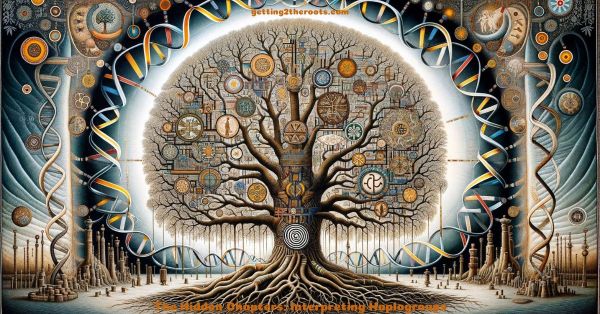
Balancing Crime-Solving Utility with Privacy Rights
On the one hand, such databases may facilitate scientific research and genealogical investigations. But, on the other hand, this information can potentially be misused.
Law enforcement agencies have increasingly started to utilize these open-source databases to solve criminal cases.
This introduces a new paradigm where an individual’s data could, without their explicit knowledge or consent, be used to incriminate a relative.
While these practices hold great promise for criminal justice, it becomes crucial to balance crime-solving utility with respect for individual autonomy, privacy rights, and potential misuse.
Genetic Data and Discrimination Concerns
The potential for discrimination based on genetic data is another ethical pitfall tied to genealogical DNA testing.
There are fears that such data could be exploited by insurance companies, employers, or other entities, leading to genetic discrimination.
The insights provided by DNA genealogy testing propel us further into disentangling humanity’s intertwined history, aiding in the personal journey of self-discovery and ancestor mapping.
Navigating Regulatory Challenges in Genetic Genealogy
Yet, a poignant balance must be struck between unlocking these genetic revelations and upholding ethical standards.
Today’s regulatory landscape is not yet fully equipped to navigate these murky waters.
The proliferation of DNA genealogy testing necessitates urgent attention toward:
- Developing comprehensive standards.
- Ensuring stringent adherence to these standards.
- Creating globally applicable guidelines.
- Guaranteeing privacy preservation.
- Maintaining consent transparency.
- Enhancing data security.
This approach aims to secure the pursuit of tracing human ancestry from potential misuse and ethical pitfalls.
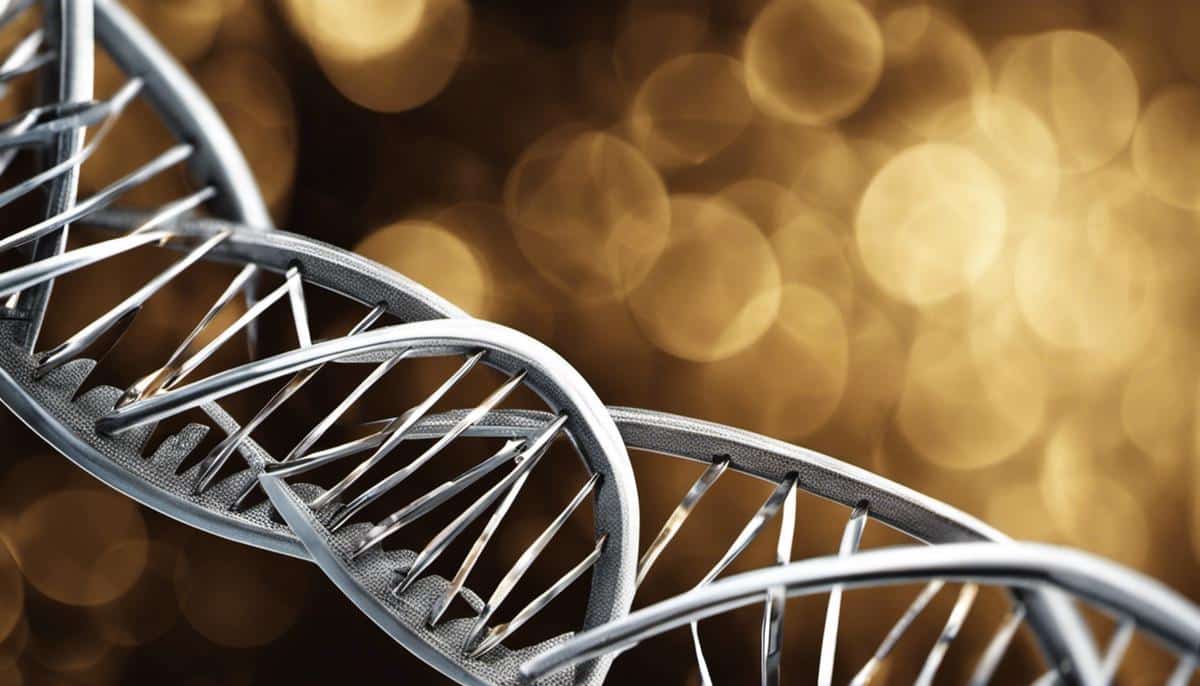
The Responsibility in Interpreting Haplogroups
The world of haplogroups weaves an intricate and fascinating narrative of human history, migration, and ancestry.
However, as we strive to understand and explore our past through these genetic milestones, we must also navigate the delicate path of ethics and privacy.
We find ourselves, therefore, not only journeying through the unmarked trails of our forefathers but also charting the unexplored frontiers of genetic privacy and personal data security.
As we continue to unlock the secrets that haplogroups hold, we must ensure that our thirst for knowledge is paired with respect for the immense responsibility that comes with this information.
Conclusion
In conclusion, interpreting haplogroups offers a comprehensive view of our genetic ancestry, linking various aspects from human migration studies to modern ancestry testing.
While each section of this exploration provides unique insights, together they form a cohesive narrative about our past.
As we delve deeper into interpreting haplogroups, we not only uncover our lineage but also navigate the complexities of ethical considerations in genetic genealogy.
This journey through our DNA is an ongoing quest, blending scientific discovery with responsible stewardship of our genetic heritage.
Frequently Asked Questions (FAQ) about Interpreting Haplogroups
- What role do haplogroups play in understanding genetic ancestry? Haplogroups are crucial in interpreting genetic ancestry, as they help trace lineage and ancestral connections through maternal and paternal lines.
- How do haplogroups assist in mapping human migration? Interpreting haplogroups enables scientists to track ancient human migration patterns, revealing how populations moved and evolved over millennia.
- Why is privacy important in haplogroup-based genetic testing? Privacy is vital in haplogroup-based genetic testing to protect sensitive personal data, requiring robust consent protocols and data security measures.
- Can haplogroups determine my ethnicity? While haplogroups provide insights into genetic history, they do not precisely determine ethnicity, as they reflect broader ancestral connections over time.
- What are the ethical considerations in interpreting haplogroups for genealogy? Ethical considerations in interpreting haplogroups include addressing privacy concerns, preventing genetic data misuse, and balancing scientific research with individual rights.







